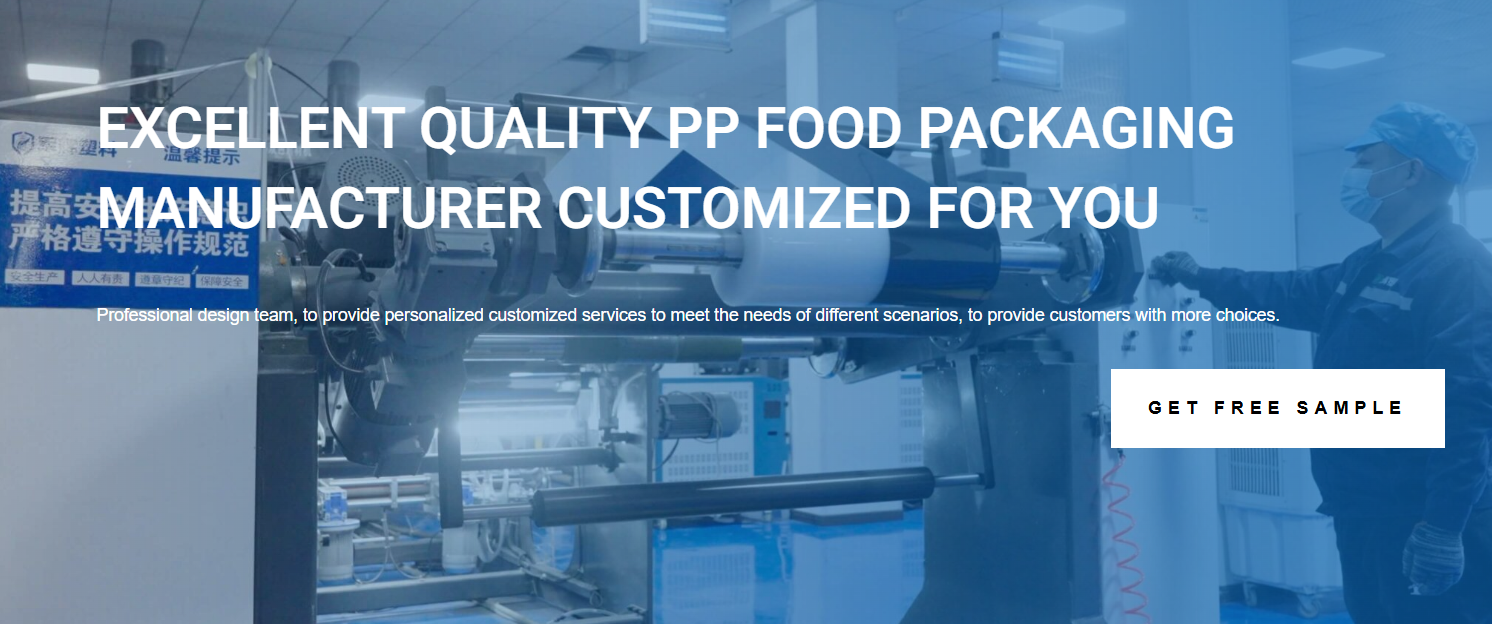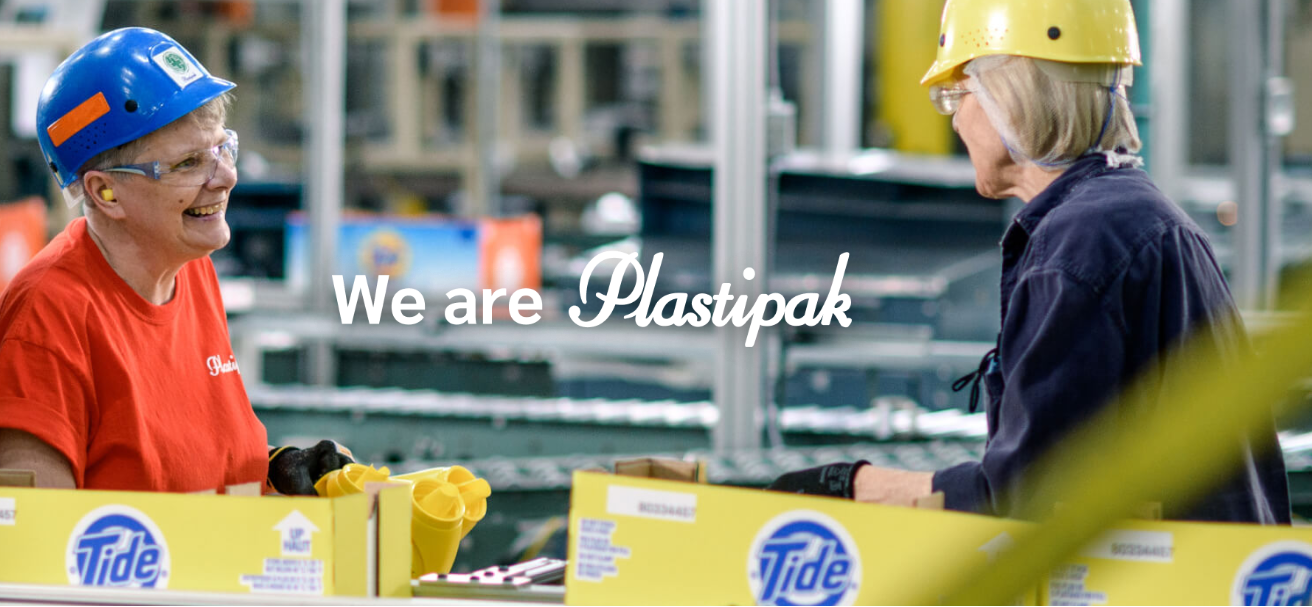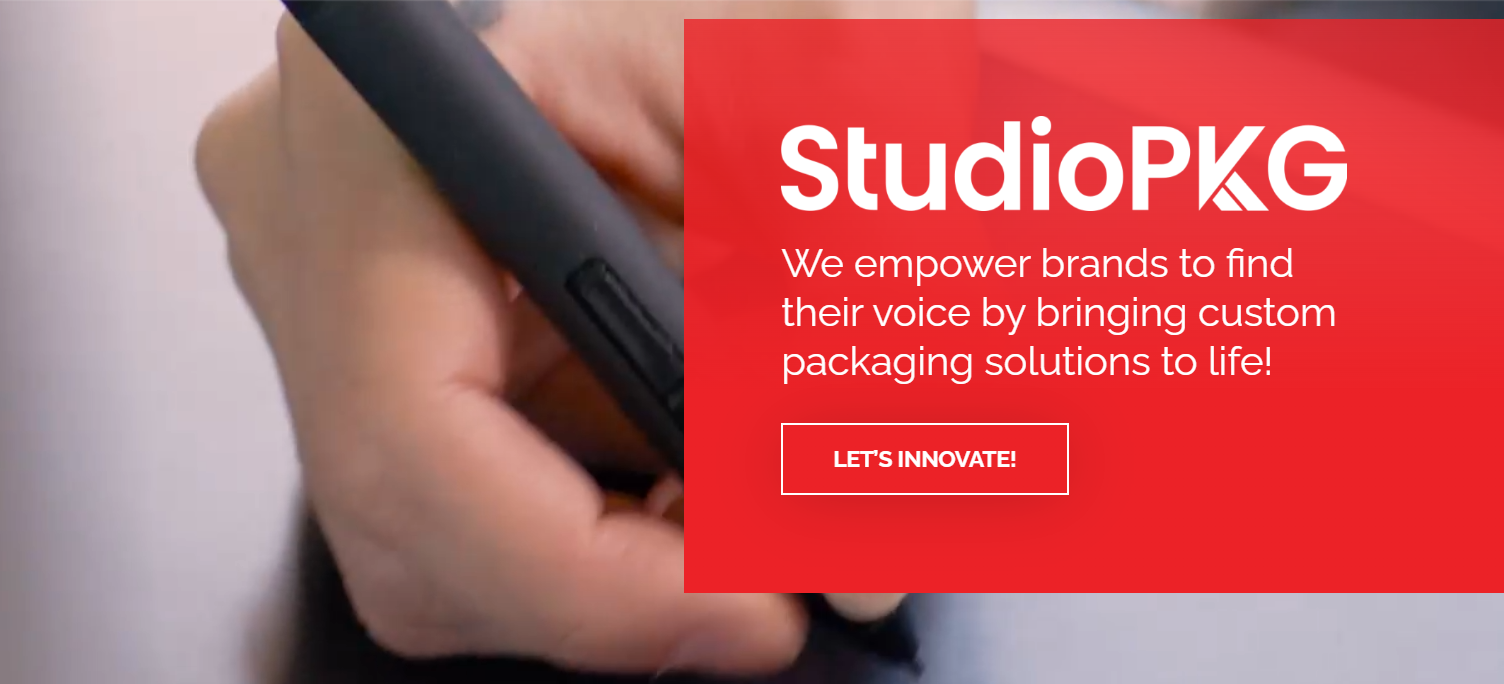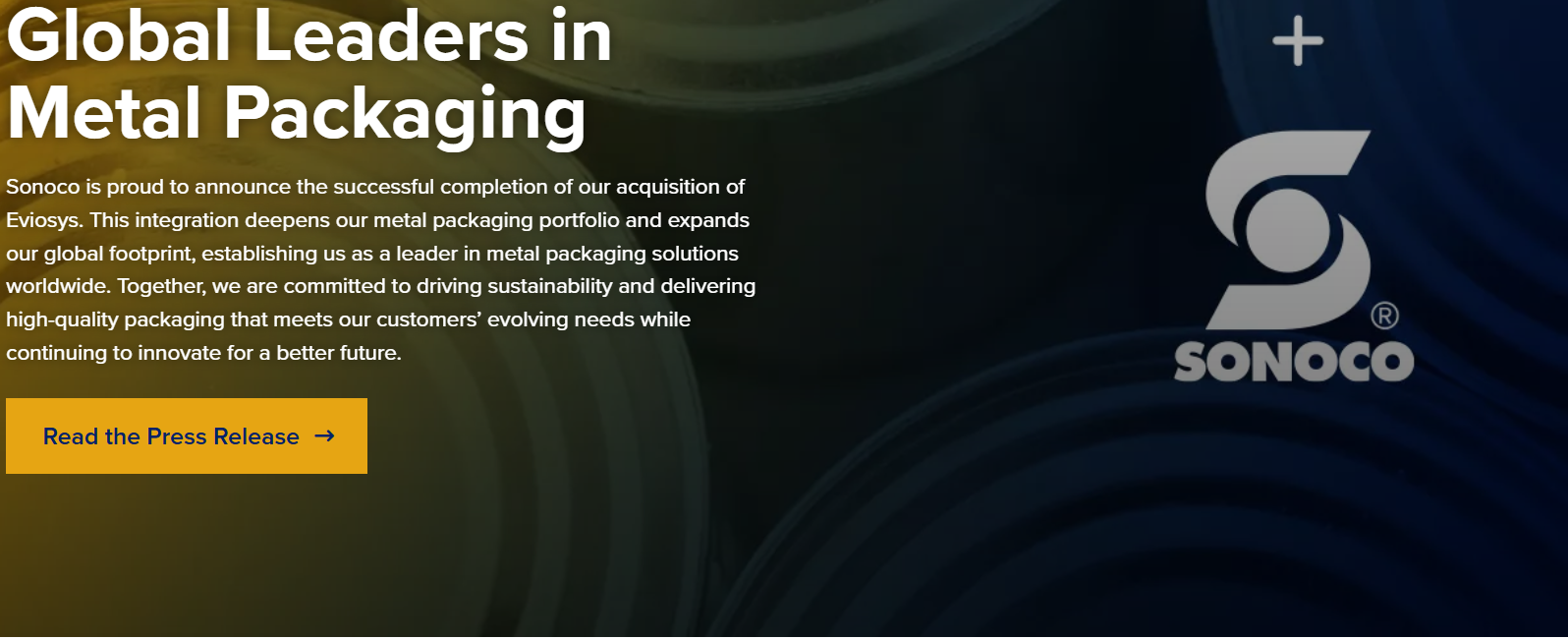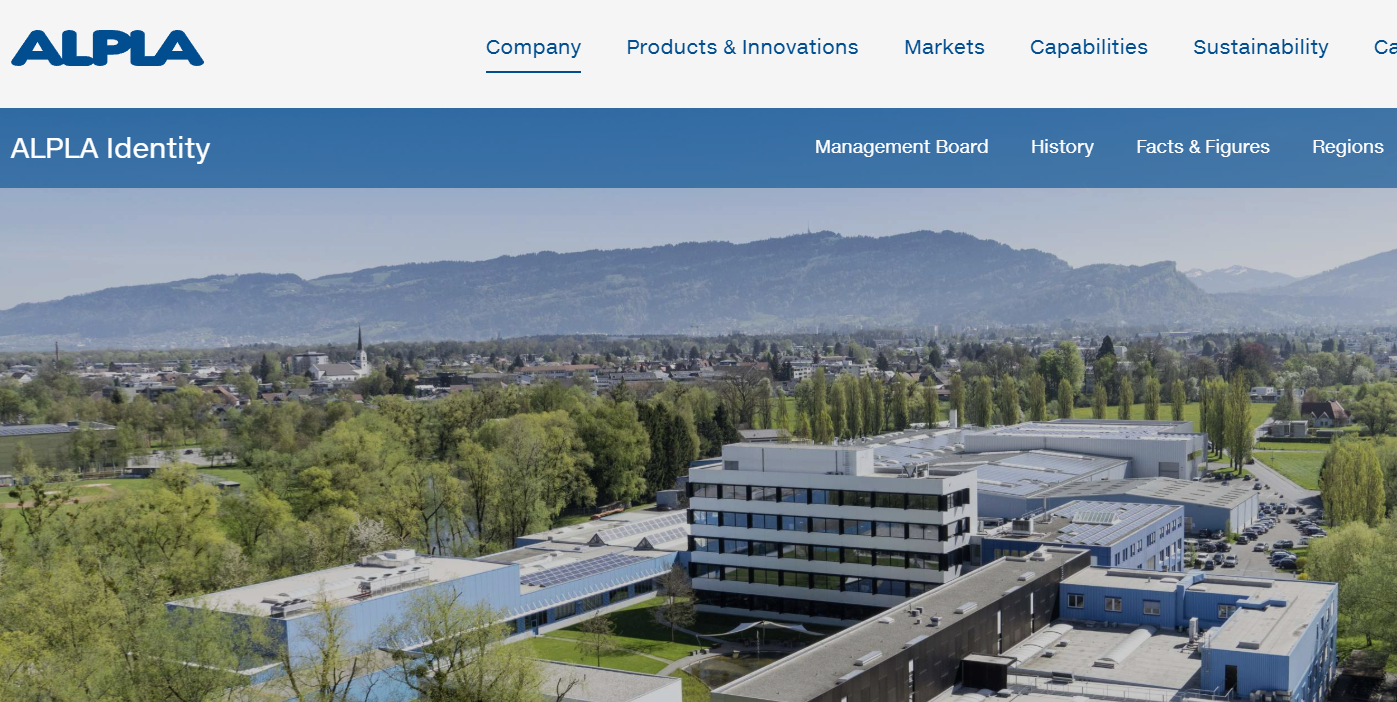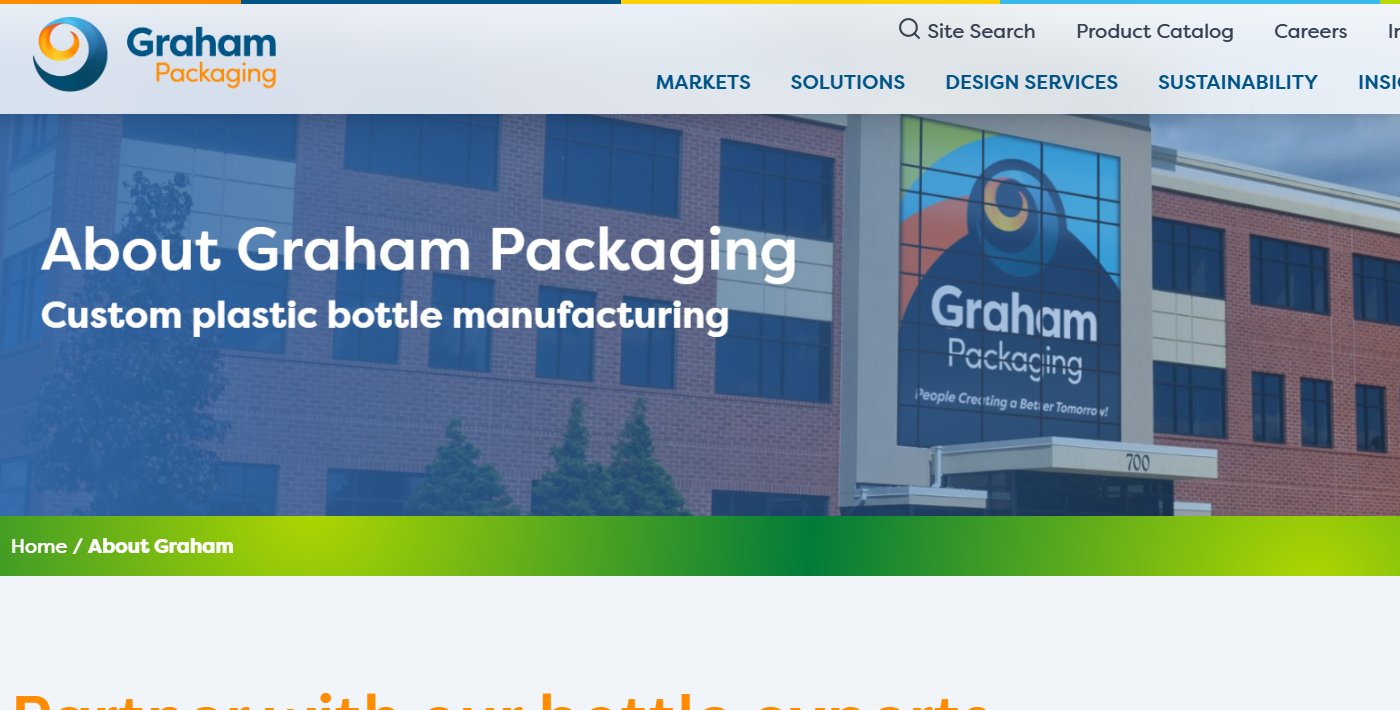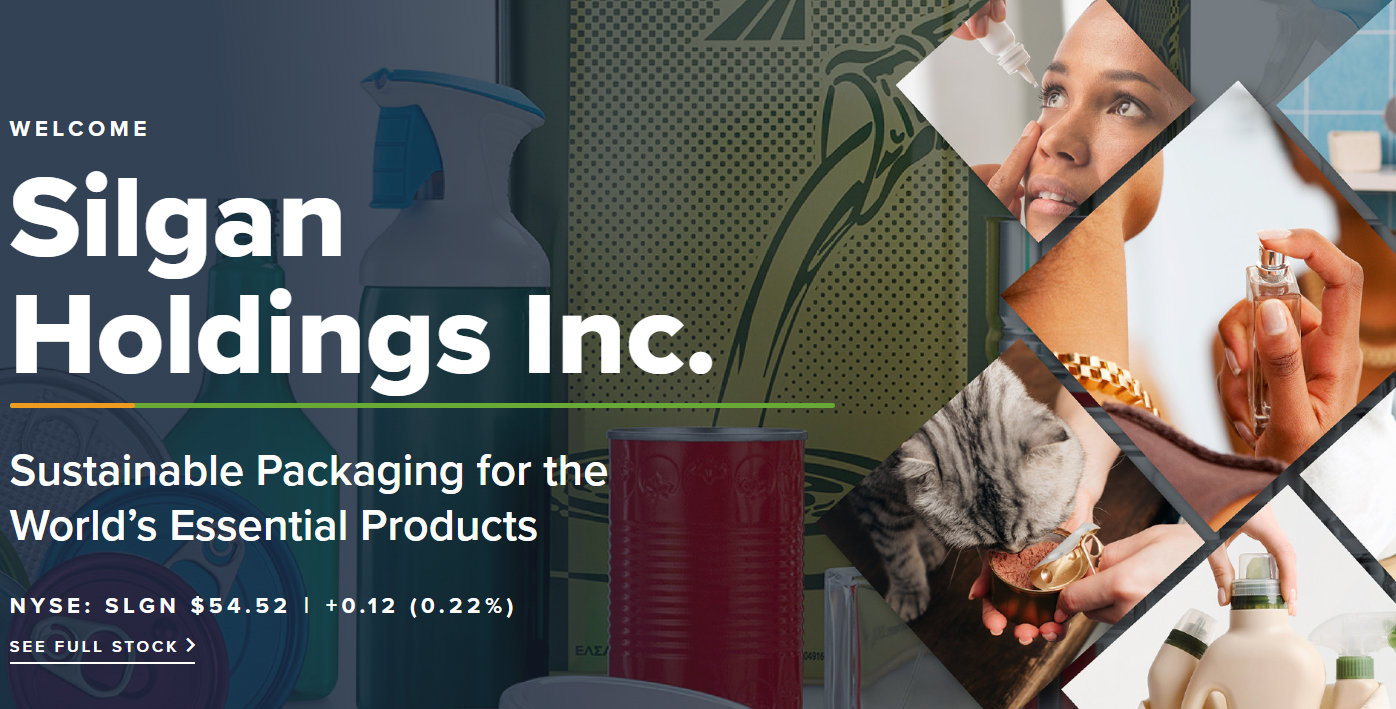Introduction
The global market for polypropylene (PP) containers is growing rapidly. Demand is rising across industries like packaging, automotive, and consumer goods. This growth comes from the increasing need for sustainable, efficient, and customizable packaging solutions. By 2025, top manufacturers plan to meet this demand by expanding production and investing in sustainable practices.
China is a leader in the production of polypropylene (PP) containers. I saw this for myself during my visit to Shenzhen last year, where the manufacturing hub was incredibly active. The production scale here is huge, with machines running non-stop to produce containers. North America and Europe are catching up, but the Asia-Pacific region is expected to grow significantly, with a compound annual growth rate (CAGR) of 5.8% from 2025 to 2030. This growth raises an important question: how can we take advantage of this momentum for long-term market growth? It’s an exciting time in the global market!
10 Best PP Container Manufacturers
1.JHPKG
JHPKG plastic food packaging manufacturer in the blister, injection molding, molding and other disposable tableware industry for 14 years, we know the importance of continuous innovation and quality control. Since its establishment in 2010 the company has grown from a start-up to a large industrial enterprise in the PP/PET/CPET/MFPP/PS molding industry.
2. Amcor plc
Amcor is a global leader in responsible packaging solutions and is headquartered in Zurich. Amcor is focused on sustainability and innovation.
3. Plastipak Holdings, Inc.
Plastipak is a leading manufacturer of rigid plastic containers with more than 60 production sites worldwide.
4. Altium Packaging
Altium Packaging has 71 manufacturing plants in North America. Altium specializes in rigid plastic packaging and recycled resins.
5. Sonoco Products Company
Sonoco Products has more than 100 years of experience in packaging and provides customer-centric solutions to multiple industries.
6. ALPLA Group
ALPLA is a global packaging and recycling specialist with 181 sites in 46 countries.
7. Graham Packaging Company
Graham Packaging designs and manufactures plastic containers for food, beverages and household products.
8. Silgan Holdings
Silgan Holdings is a major supplier of rigid packaging for consumer goods.
9. RPC Group
RPC Group is a European leader in plastic packaging, offering a wide range of packaging solutions.
10. Greif, Inc.
Greif is a global leader in industrial packaging products and services. Greif’s strong presence in the industrial packaging sector makes it a key player in the PP container market.
Manufacturing Capabilities and Technologies
In 2025, top PP container factories will use cutting-edge technologies to enhance efficiency, sustainability, and product quality.
Automation and Robotics
Factories will implement automation and robotics to improve production. High-speed production lines will produce over 100,000 containers per day. AI-powered quality control systems will ensure defects are detected with 99.9% accuracy, improving product quality.
Advanced Molding Techniques
Injection molding machines will have clamping forces up to 3000 tons, allowing larger containers to be produced. Multi-cavity molds will create 32-128 containers per cycle, boosting production capacity. In-mold labeling technology will also decorate containers during the manufacturing process.
Clean Room Facilities and Industry 4.0 Integration
For food-grade and medical containers, factories will use clean room facilities (ISO Class 7 or higher) to meet strict hygiene standards. Industry 4.0 principles will also be used, with IoT sensors providing real-time production monitoring, ensuring optimization and quality control.
Sustainable Manufacturing Practices
Factories will focus on sustainability, adopting several eco-friendly practices: – Using recycled PP (up to 50% PCR content) – Energy-efficient electric injection molding machines – Closed-loop water cooling systems – Zero-waste initiatives, targeting 98% material utilization
Advanced Materials and Barrier Technologies
To improve container functionality, factories will use materials like clarified PP for transparency and long-chain branched PP for better processability. Barrier technologies, such as EVOH layers, will extend shelf life by preventing contamination and oxidation.
Customization and Small-Batch Production
Factories will offer customization options, including rapid mold changes and small-batch runs to meet specific customer needs. 3D printing will be used for prototyping and producing specialty containers in small quantities.
These advanced manufacturing technologies will help top PP container factories stay competitive while meeting the increasing demand for quality, sustainability, and customization in 2025.
Sustainability Initiatives
In 2025, sustainability will play a central role in PP container manufacturing. Factories are focusing on several key steps to reduce their environmental impact and improve efficiency.
Increased Use of Recycled PP
Top manufacturers are aiming to include more recycled polypropylene (PP) in their products. Many factories are targeting 30-50% recycled content, and some are aiming for up to 70% in non-food products.
Energy Efficiency Improvements
To reduce energy use, factories are adopting heat recovery systems and high-efficiency motors. These technologies are expected to cut energy consumption by 15-25% compared to 2020 levels.
Water Conservation
Water use is being cut by implementing closed-loop cooling systems and recycling wastewater. Some facilities have reduced water consumption by up to 40%.
Lightweight Designs
New container designs use 10-15% less material. This not only reduces costs but also keeps the containers strong and functional.
Renewable Energy Adoption
Several factories have installed solar panels, which supply 20-30% of their electricity needs. This shift to renewable energy helps reduce carbon emissions.
Carbon Footprint Tracking
Manufacturers are setting up systems to track and report emissions across their supply chains. This initiative helps them set long-term goals for reducing emissions.
Biodegradable Additives
Some factories are testing biodegradable additives that speed up the breakdown of PP in composting conditions. This could help address long-term waste management challenges.
Circular Economy Partnerships
Many manufacturers are working with recyclers and brands to increase the collection and recycling rates of PP containers. This creates a more sustainable supply chain.
Eco-friendly Packaging
There is also a strong focus on using recycled and recyclable materials for packaging and shipping. This supports the goal of reducing plastic waste and improving the lifecycle of PP containers.
Market Trends and Innovations
The PP container industry is advancing rapidly in 2025, focusing on sustainability and lightweight packaging. More manufacturers are adopting recycled polypropylene (rPP) and exploring biodegradable PP options to reduce environmental impact. The global polypropylene market is expected to reach USD 99,276.2 million by 2025, with a growth rate of 4.5% from 2025 to 2035.
Key Innovations
- Ultra-thin packaging: Reduces material use while maintaining strength.
- Nanotechnology-enhanced polymers: These enhance the durability of PP containers.
- Advanced recycling technologies: Chemical recycling is improving the quality of rPP.
- Bio-based PP: Made from renewable sources like sugarcane and algae, this PP is gaining popularity.
The automotive and healthcare sectors are leading innovation. Lightweight PP components are being used more in electric vehicle battery housings and interior trims. At the same time, demand for biodegradable non-woven PP fabrics in medical applications is growing.
Industry Challenges and Opportunities
The polypropylene (PP) container industry in 2025 faces both challenges and new opportunities. Manufacturers must adapt to hurdles, but also have potential for growth in the market.
Key Industry Challenges
- Supply Chain Issues: Geopolitical tensions and climate change are disrupting supply chains. This affects the availability and cost of raw materials.
- Tighter Environmental Regulations: In regions like the EU and California, stricter rules around recycling and circular economy policies are growing. Manufacturers need to rethink their production methods and materials to meet these demands.
- Labor Shortages: With automation and AI technologies on the rise, there is a growing need for skilled workers. Manufacturers must invest in training to stay competitive.
- Economic Uncertainty: Inflation and changes in consumer spending are influencing the demand for PP containers. Companies need to adjust their strategies to handle this uncertainty.
- Increasing Costs: The costs of raw materials, transportation, and sustainability projects are rising. This puts pressure on profit margins and pushes companies to improve efficiency.
Key Industry Opportunities
- Sustainable Materials and Designs: There’s a strong chance to invest in recyclable or reusable PP containers. This meets growing consumer demand for eco-friendly products and helps manufacturers meet regulations.
- Adopting New Technologies: Implementing automation, AI, and machine learning can boost efficiency, reduce waste, and improve product quality. These technologies help companies lead in the modern manufacturing world.
- Innovative Solutions for Compliance: As regulations on recycled content become stricter, manufacturers can stand out by creating new solutions to meet these challenges.
- Exploring Chemical Recycling: Although scaling and infrastructure challenges remain, chemical recycling technologies offer a promising opportunity to close the loop on PP container recycling, reducing waste and reliance on virgin materials.
- Expanding into Growing Sectors: The demand for PP packaging is growing in food, beverage, and healthcare sectors. Companies can take advantage of this by offering customized packaging for these industries.
By focusing on these challenges and opportunities, PP container manufacturers can strengthen their market position and achieve sustainable growth in 2025 and beyond.
Future Outlook
The future of PP container manufacturing in 2025 looks promising, driven by rising global demand for polypropylene. The demand for polypropylene is projected to increase from 97.30 million tons in 2025 to 128.86 million tons by 2030, growing at 5.78% annually. Key sectors such as automotive, consumer goods, and packaging industries are driving this growth.
Focus on Sustainability
In packaging, sustainability will be a major focus. Companies are shifting to 100% recycled PET bottles and exploring biodegradable plastics. The market for sustainable plastic packaging is expected to grow from $115.62 billion in 2024 to $125.29 billion in 2025, with a CAGR of 8.4%. This shift is increasing the need for advanced materials and manufacturing techniques for PP containers.
Key Investment Areas for Manufacturers
Regional Market Insights
The Asia-Pacific region will remain the largest consumer of polypropylene, driven by its strong industrial base. Europe and North America will lead in adopting recycled and bio-based PP to meet growing sustainability regulations.
Key Industry Trends
- Increased use of recycled PP in food and beverage packaging
- Growing demand for PP in electric vehicle components
- Expansion of PP applications in 3D printing
- Stricter regulations on single-use plastics worldwide

